#smithsonian institution
Photo





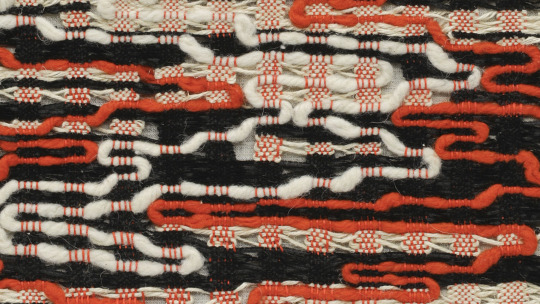
Anni Albers, Under Way, (woven fabric on cloth, mounted on wood), 1963 [Hirshhorn Museum and Sculpture Garden, Smithsonian Institution, Washington, DC. The Joseph H. Hirshhorn Bequest, 1981. © The Josef and Anni Albers Foundation / ARS, New York]
#art#design#textile#pattern#fabric#woven fabric#hirshhorn museum and sculpture garden#smithsonian institution#the josef and anni albers foundation#1960s
971 notes
·
View notes
Photo


Wedding Dress of Lollaretta Pemberton Allen
Pictured with her groom, Grover Allen
1939
National Museum of African American History & Culture
#wedding dress#fashion history#vintage fashion#1930s#photography#20th century#1939#wedding#white#lace#tulle#united states#national museum of african american history and culture#smithsonian institution
275 notes
·
View notes
Text
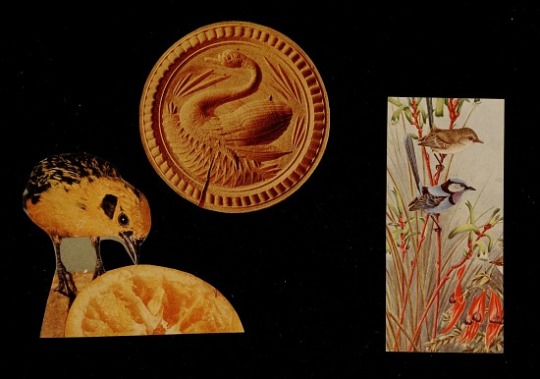
Three bird cutouts, 19--. Joseph Cornell papers, 1804-1986. Archives of American Art, Smithsonian Institution.
#Joseph Cornell#Three bird cutouts#1804-1886#Archives of American Art#Smithsonian Institution#bird#collage#cut-outs#birds
30 notes
·
View notes
Text
Happy #AmphibianWeek!

Stirrup-spout bottle in the form of a frog, c. 1-200 CE
Moche, probably northern coastal Peru
pottery, clay slip, paint
Smithsonian collection
#Moche art#South American art#Indigenous art#ancient art#cermaics#pottery#bottle#effigy vessel#frog#amphibian#Amphibian Week#animal holiday#Smithsonian Institution#museum visit#Peruvian art
106 notes
·
View notes
Text
Ryan Adamczeski at The Advocate:
The Smithsonian Institution is disputing reports claiming it has decided not to hold its usual drag events after complaints from Republicans.
Institution leader Lonnie Bunch met with the House Administration Committee for a hearing on December 12, during which U.S. Rep. Stephanie Bice, a Republican from Oklahoma, questioned him about the drag shows the Smithsonian annually hosts.
“I think it’s not appropriate to expose children to drag shows,” she said, to which Bunch replied, “I’m surprised, and I will look into that.”
An investigation by The New Republic found that there are no drag shows currently scheduled during 2024 at any of the 20 museums and galleries under the Smithsonian, which would make this June the first Pride Month without a drag event at the institution in over five years. However, a spokesperson for the Smithsonian told The Advocate that the organization is currently working to schedule "at least one" drag event during the month — a drag queen story hour event for families, though it has not yet been finalized.
The New Republic also reported that the Smithsonian cancelled drag events that were already scheduled, as drag queen and environmentalist Pattie Gonia told the outlet that after working on a show for the Smithsonian since December, the organization suddenly called off the performance.
[...]
The Smithsonian Institution is the largest group of museums, education and research centers in the world, overseeing galleries primarily in Washington, D.C. but also in the neighboring states of Maryland, New York, and Virginia. Its coalition of LGBTQ+ museum workers and allies, the Smithsonian Pride Alliance, has regularly put on drag performances. The group was formed in 1988 in response to the AIDS epidemic “to ensure adequate and appropriate representation” of queer employees in Smithsonian policies and programs.
Smithsonian Pride Alliance Leadership sent a letter to Bunch directly after his comments at the December hearing, expressing that the comments not only invalidate drag as a "form of self-expression and an artform," but also that they "hurt the staff who work hard on these programs and the staff who feel as though our bit of culture is being left out of the American story, despite contributing so very much to it."
Bunch responded immediately, explaining why he responded in the way he did while also expressing appreciation for the group's "courageous outreach and willingness to broach this topic."
"When the question about drag performances was asked in the hearing setting, it was asked in a suggestive way implying that the Smithsonian was promoting lewd or inappropriate content," Bunch said in an email shared with The Advocate. "My reply and reaction to that implication was swift to immediately stress that the Smithsonian does not expose children to inappropriate content. Unfortunately, as you can imagine, a hearing setting does not give you ample time to expand, elaborate or share the details and impact of all our work and content."
"If so, it would have given me the opportunity to speak more broadly about the merits and goals of our programming and content development and how we equip parents to make choices about what content their children experience," he continued.
Smithsonian Institution responds to reports of drag shows disappearing from its calendar, thanks in part to the GOP's faux moral panic campaign against drag.
#Drag Shows#Dragphobia#Lonnie Bunch#Smithsonian#Anti Drag Show Extremism#LGBTQ+#Drag#Smithsonian Institution#Pattie Gonia#Smithsonian Pride Alliance#Stephanie Bice
9 notes
·
View notes
Text
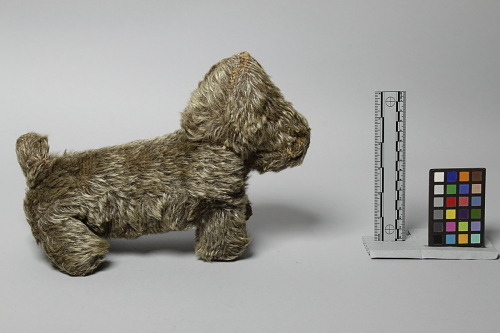
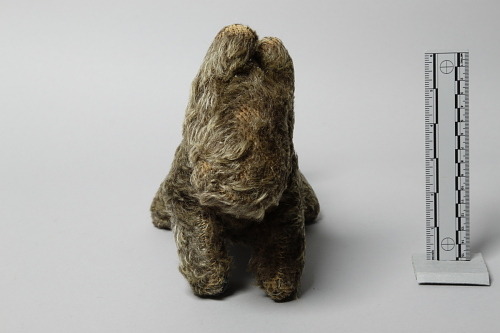
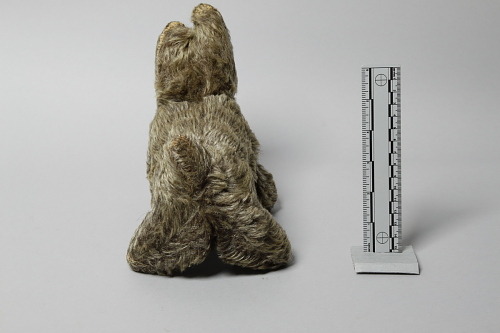
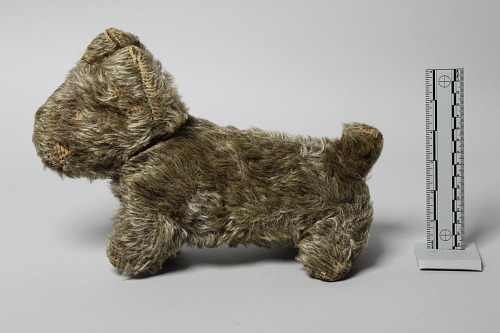
Scottie Dog stuffed animal
Stuffed plush animal toy, Scottie (Scottish Terrier) dog, made with synthetic shaggy "fur". Bron Solyom notes (page 6, see accession file): "These [toys, E434810-434817] were among Ann Dunham's personal possessions. I do not know if either of her children played with them." It is unknown when or where these were made or acquired.
Anthropology Collections
NMNH Research & Collections
#dogs#plush dogs#stuffed dogs#scottie dogs#plush scottie dogs#stuffed scottie dogs#cedric?#smithsonian institution#anthropology#national museum of natural history
66 notes
·
View notes
Text
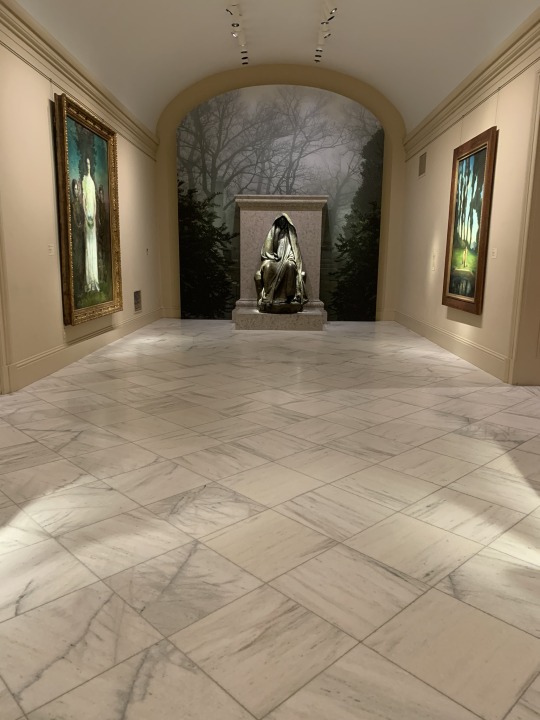
December 31, 2022
Adams Memorial, Augustus Saint-Gaudens
The Smithsonian American Art Museum, Washington, DC
#photography#sculpture#art#art photography#augustus saint gaudens#augustus saint-gaudens#smithsonian#smithsonian institution#smithsonian museum#smithsonian american art museum#washington dc#district of columbia#dc
12 notes
·
View notes
Photo

Savoy Floral Tiara ♕ Smithsonian Institute, Donated by Marjorie Merriweather Post
209 notes
·
View notes
Text

Night at the Museum: Battle of the Smithsonian (2009, Shawn Levy)
23/12/2023
Night at the Museum: Battle of the Smithsonian is a 2009 film directed by Shawn Levy.
The film, starring Ben Stiller and Amy Adams, sequel to the film Night at the Museum, was released in cinemas on May 22, 2009 in the United States of America and in Italy. In 2014, its sequel entitled Night at the Museum: Secret of the Tomb was released, which once again saw Shawn Levy directing and Ben Stiller as the protagonist, alongside Robin Williams.
Two years have passed and Larry Dailey has left the Natural History Museum, where he worked as a night watchman, and entered the business world, becoming a major entrepreneur with his Dailey Devices. One day he returns to the museum driven by memories and discovers that all the wax statues will be packed up and transferred to the federal archive of the Smithsonian museum and replaced with interactive holograms. The only pieces not to leave the museum will be Teddy Roosevelt, Rex, Pharaoh Ahkmenrah and his magic board and some of the more popular characters.
The next evening Larry receives the phone call from Jedediah, the little cowboy, very scared: the capuchin mobkey Dexter, the night before, stole Ahkmenrah's table and everyone has come back to life in the Smithsonian, but they are held hostage by Ahkmenrah's evil older brother, Kahmunrah: the world's largest museum has come to life.
Larry decides to sneak into the museum archives and meets the proud and childish Kahmunrah: a series of clashes ensue in which, among others, George Armstrong Custer (who turns out to be just vain) and Amelia Earhart (ante litteram feminist) intervene.
The evil Kahmunrah then allies himself with Ivan the Terrible, Napoleon Bonaparte and Al Capone to then kidnap little Jedediah, who had facilitated Ottavio's escape from their prison, and lock him in an hourglass: in this way he forces Larry and Amelia to find the combination to be placed on the table, with which he wants to open the doors of the afterlife and unleash them on the world. Thanks to the help of a series of Einstein bobbleheads, the combination is found and the doors to the afterlife are opened from which bird demons arrive. In the meantime, Ottavio has asked for the intervention of the enormous statue of Abraham Lincoln, which sweeps away all of Kahmunrah's soldiers, who flee in panic and return to the afterlife.
Ben Stiller is Larry Dailey: Two years after the end of the first film, he abandoned his job as a night watchman at the Natural History Museum, founded the company Daley Devices and invented the Glow Flashlight along with other products. He returns to the museum and discovers that some artifacts had been moved to the federal archives of the Smithsonian museum and at this point he will have to deal with the evil pharaoh Kahmunrah.
Robin Williams as Teddy Roosevelt: he is Larry's best friend.
Amy Adams is Amelia Earhart: she is the wax statue of the famous pilot who flew over the Atlantic Ocean.
Hank Azaria as Kahmunrah: He is the main antagonist of the film.
Owen Wilson as Jedediah Smith: he is the main tritagonist of the film.
Steve Coogan as Gaius Octavius: The Roman general undertakes a rescue mission to free fellow cowboy Jedediah, who has been placed in an hourglass by Kahmunrah.
Mizou Peck is Sacagawea: Due to her transfer to the federal archives of the Smithsonian, she is forced to separate from her beloved Teddy Roosevelt but at the end of the final battle she returns home together with the old exhibits and sees the president again.
#Night at the Museum Battle of the Smithsonian#film#2009#shawn levy#ben stiller#amy adams#night at the museum#united states#italy#Sequel#Night at the Museum Secret of the Tomb#robin williams#american museum of natural history#smithsonian institution#holography#theodore roosevelt#Pharaoh#jedediah smith#George Armstrong Custer#amelia earhart#ivan the terrible#napoleon#al capone#Gaius Octavius#albert einstein#abraham lincoln#hank azaria#owen wilson#steve coogan#Mizuo Peck
9 notes
·
View notes
Photo
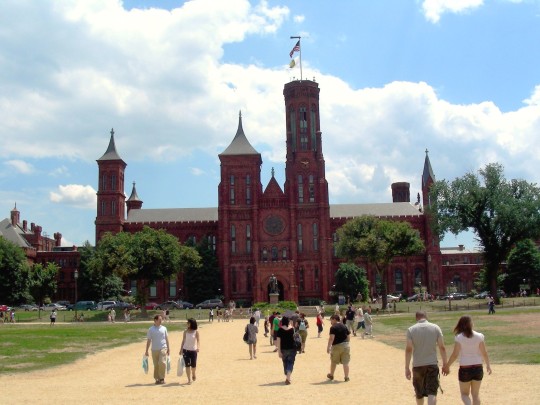


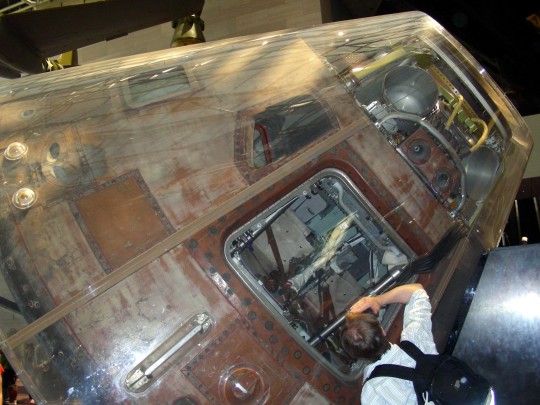
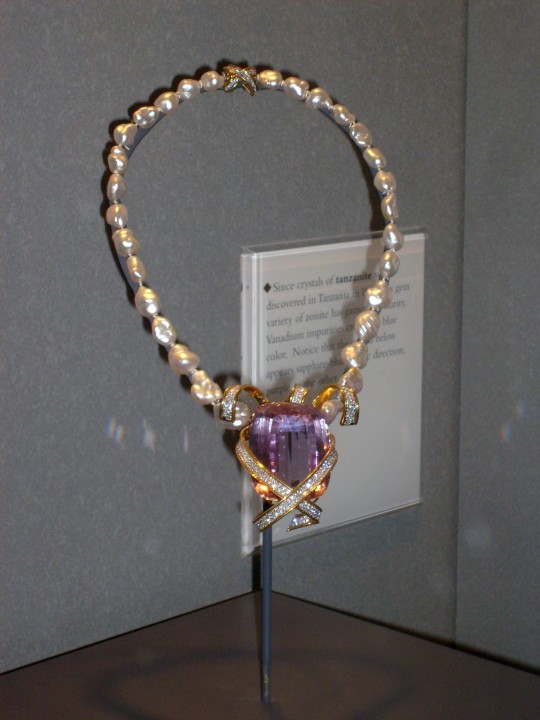

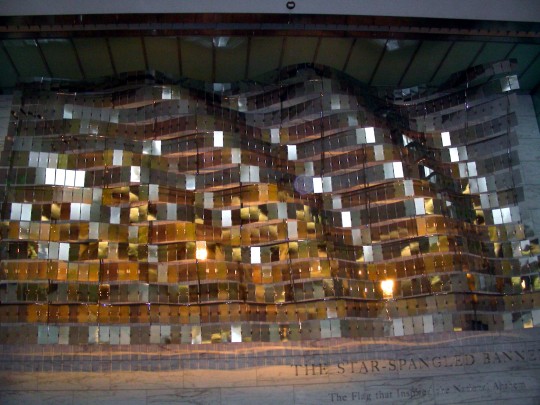



The Smithsonian Institution was chartered by the United States Congress after James Smithson donated $500,000 on August 10, 1846.
#Smithsonian National Zoological Park#Smithsonian National Air and Space Museum#National Museum of American History#National Museum of Natural History#USA#Washington DC#the Castle#the Mall#free admission#Breitling Orbiter 3 Gondola#Apollo 11 Command Module 'Columbia'#travel#Ryan NYP 'Spirit of St. Louis'#architecture#cityscape#Smithsonian Institution#10 August 1846#anniversary#US history#original photography#tourist attraction
13 notes
·
View notes
Text

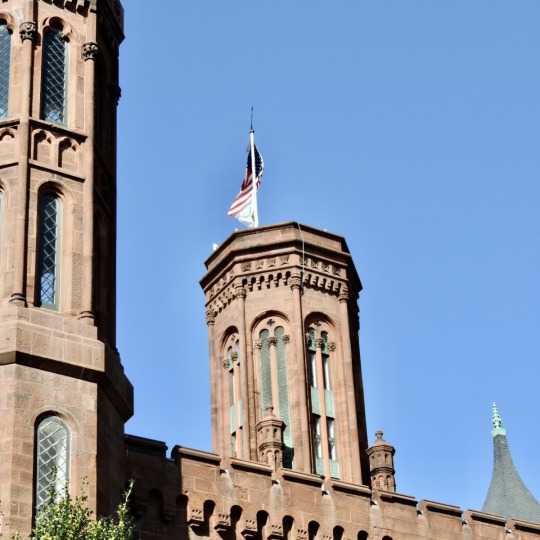
Tower and Smithsonian Castle, National Mall, Washington, DC, 2014.
#architecture#gothic revival#museum#smithsonian institution#national mall#washington dc#2014#photographers on tumblr
6 notes
·
View notes
Text

André Emmerich (photograph), A crew installing Helen Frankenthaler's painting 'Guiding Red' (1967), mezzanine of the World Trade Center II, New York, NY, 1977 [André Emmerich Gallery Records and André Emmerich Papers, circa 1929-2009. Archives of American Art, Smithsonian Institution, Washington, D.C.]
Bibl. ref.: «Guiding Red, 1967, measured 30 by 16 feet. The painting is no longer extant.», in E.A. Carmean, Jr., Helen Frankenthaler. A Paintings Retrospective, Harry N. Abrams, New York, NY, 1989, in association with the Modern Art Museum of Fort Worth, Fort Worth, TX, (note) p. 22 (pdf here)
#art#photography#mixed media#helen frankenthaler#andré emmerich#andré emmerich gallery records#andré emmerich papers#archives of american art#smithsonian institution#1970s
168 notes
·
View notes
Photo
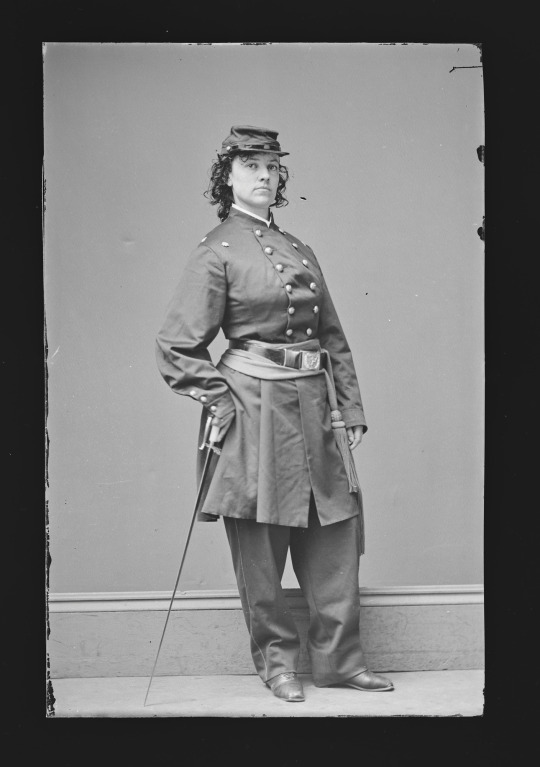
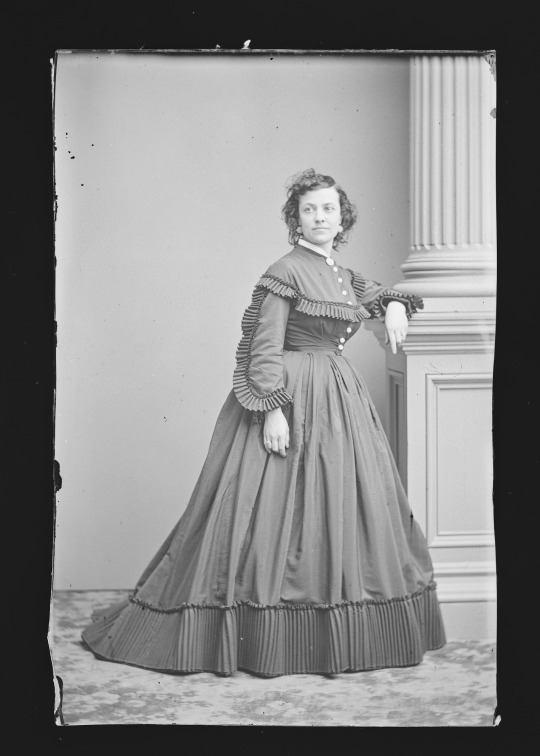
Actress & Union Spy Pauline Cushman by the Mathew Brady Studio, 1864 (National Portrait Gallery)
#fashion history#historical fashion#1860s#historical photography#19th century#victorian#american civil war#crinoline era#1864#glass negative#united states#photography#national portrait gallery#smithsonian institution#popular
1K notes
·
View notes
Text
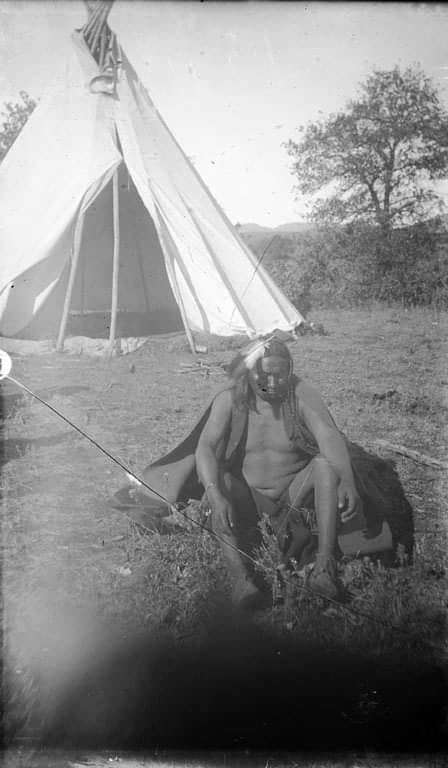
Outstanding single picture of the noted Comanche Peyote leader Red Sun or Puiwat (Without Eyes), ca. 1893. Photograph taken by W. J. Lenney. Courtesy of the National Anthropological Archives, Smithsonian Institution, Washington D. C
* * * * *
In the 1890's, the American ethnographer James Mooney traveled to the land of the Comanches to gain an understanding of the Comanche Peyote Ceremony. He eventually saw the ritual as a fountain of honesty and of true spiritual inspiration. Mooney soon began to see the medicinal value of the peyote to tribal people as well.
In the encounter with well-known peyote men, Mooney realized that the Comanches were one of the early users of peyote within the teepee ceremony.
As he was welcomed into the Comanche peyote meeting, he observed the gathering very closely. For the meeting, the famed Comanche Chief Quanah Parker who was the main protector of the ceremony had the elder Red Sun command the all-night meeting of fellowship.
Of the respected old great warrior Red Sun who was also known as Puiwat (Without Eyes), Mooney would later share that Puiwat "was blind and very feeble" yet "when it came to his turn to sing the midnight song, he took the rattle and sang as vigorously as any of the others."
After the meeting was over, the Comanche participants posed for a group picture beside their teepee for James Mooney. They were shown posed in front of Quanah Mountain. In his later report at the Smithsonian, Mooney shared that the peyote was not to be feared. It allowed him to pursue a commitment to help preserve tribal ways.
[Historical Pictures]
#history#native american#Historical Pictures#Smithsonian Institution#Washington D.C.#peyote#peyote ceremony
11 notes
·
View notes
Text

Solomon Brown: First African American Employee at the Smithsonian Institution
Solomon G. Brown (c.1829–1906) was the first African American employee at the Smithsonian Institution, serving for fifty-four years from 1852 to 1906. During his time at the Smithsonian, he held many titles and performed many duties in service to the Institution. He served under the first three Smithsonian Secretaries, Joseph Henry, Spencer Fullerton Baird, and Samuel P. Langley. He formed a deep personal friendship with Baird which is evident in the letters featured on this page. He also served his community in Anacostia, a part of Washington, DC, and was a prominent advocate of African American progress.
"I have engaged in almost Every Branch of work that is usual and unusual about S.I.," Solomon G. Brown.
These words, written to Secretary Baird on August 12, 1862, encapsulate his long and eclectic career at the Smithsonian Institution. In 1902, he wrote a poem commemorating his fifty years at the Smithsonian —spanning the Institution's formative years. Brown, born a free man when slavery was legal in Washington, DC, joined the staff of the Smithsonian shortly after it was founded in 1846.
Born around 1829, Brown was one of six children. With the unfortunate death of his father in 1833, Brown's chance of attending school and receiving a formal education was over. However, Brown began working for Lambert Tree, assistant postmaster with the DC post office. It was in this capacity that Brown first met Joseph Henry, the Smithsonian's first Secretary. Tree detailed Brown to work with Henry, Samuel B. Morse, and Alfred Vail, while they developed the first magnetic telegraph that ran from DC to Baltimore, Maryland.
In 1852, Brown was hired as a general laborer by the Smithsonian under Henry. Initially, he built exhibit cases, cleaned and moved furniture for the Institution, and shortly became the supervisor of a small group of Smithsonian workers. While working, Brown developed a close relationship with then Assistant Secretary Baird, a naturalist and later second Secretary of the Institution. The two worked together until Baird's death in 1887. Baird trusted Brown implicitly and when out of town, relied on Brown to be his "eyes and ears" of the Institution. Brown and Baird frequently corresponded about the operations of the Smithsonian, city events, and their personal lives, sharing a wry sense of humor about life. From these letters we learn that Brown entertained visitors, handled the mail, made travel arrangements, performed clerical duties, and paid the household staff for the Baird family in addition to his other numerous Smithsonian duties.
Brown also wrote to Baird during the Civil War, reporting on the events occurring around DC and the effects felt by the Smithsonian Institution. He described the dangers to Baird's property and delays in communication from Washington. In 1864, Brown wrote of the Confederate march on the city and his own exemption from the military draft. These letters provide the unique views of a free, African American man on the progress of the Civil War as it raged around him.
Although he lacked a formal education, Brown was considered a Renaissance man. While working for Baird, he educated himself in the field of natural history. He illustrated maps and specimens for many of Baird's lectures, as well as his own talks on topics such as "The Social Habits of Insects," and delivered them to church organizations and civic groups. Not only did he excel as a naturalist, but he was an illustrator, lecturer, philosopher, and poet. Brown also read his poetry, which focused on religion and the social issues of the day, to local audiences and civic organizations. After Baird's death in 1887, Brown served as a clerk for the Smithsonian International Exchange Service, distributing scholarly publications around the world.
Brown's activities also reached beyond the walls of the Smithsonian. Within his own Anacostia (Hillsdale) community, Brown was viewed as a leader. Brown and his wife Lucinda hosted picnics for their local community, one of which was attended by Frederick Douglass. He was elected to the DC House of Delegates, served as superintendent of the Pioneer Sabbath School and the North Washington Mission Sunday school, and was a trustee of the 15th Street Presbyterian Church. He was committed to bettering education and gaining opportunities for African American citizens.
A man of limitless energy, Solomon G. Brown continued to work at the Smithsonian, write and draw, as well as serve his community until his retirement on February 14, 1906. Not long afterward, Brown died at his home on June 24, 1906. Over a century has passed, yet Brown's devotion to the foundation of the Smithsonian is still remembered today. In 2004, several trees were planted around the National Museum of Natural History in his honor.
#Soloman Brown#first african american#employee#smithsonian institution#who knew#learning something new#long article#good read#black history#african american history#read about him#reading is fundamental
8 notes
·
View notes
Text
A lot of museums offer open access to images as well. The si.edu collection is a particularly good one, drawing on all the museums under the Smithsonian banner such as the National Portrait Gallery, the National Postal Museum, and the National Museum of African American History and Culture. Here are just a few found using the search term "poster":

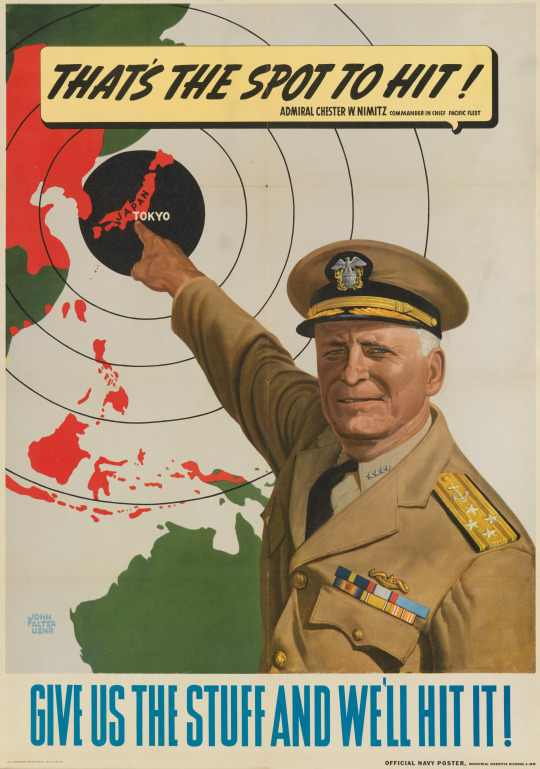




2 notes
·
View notes